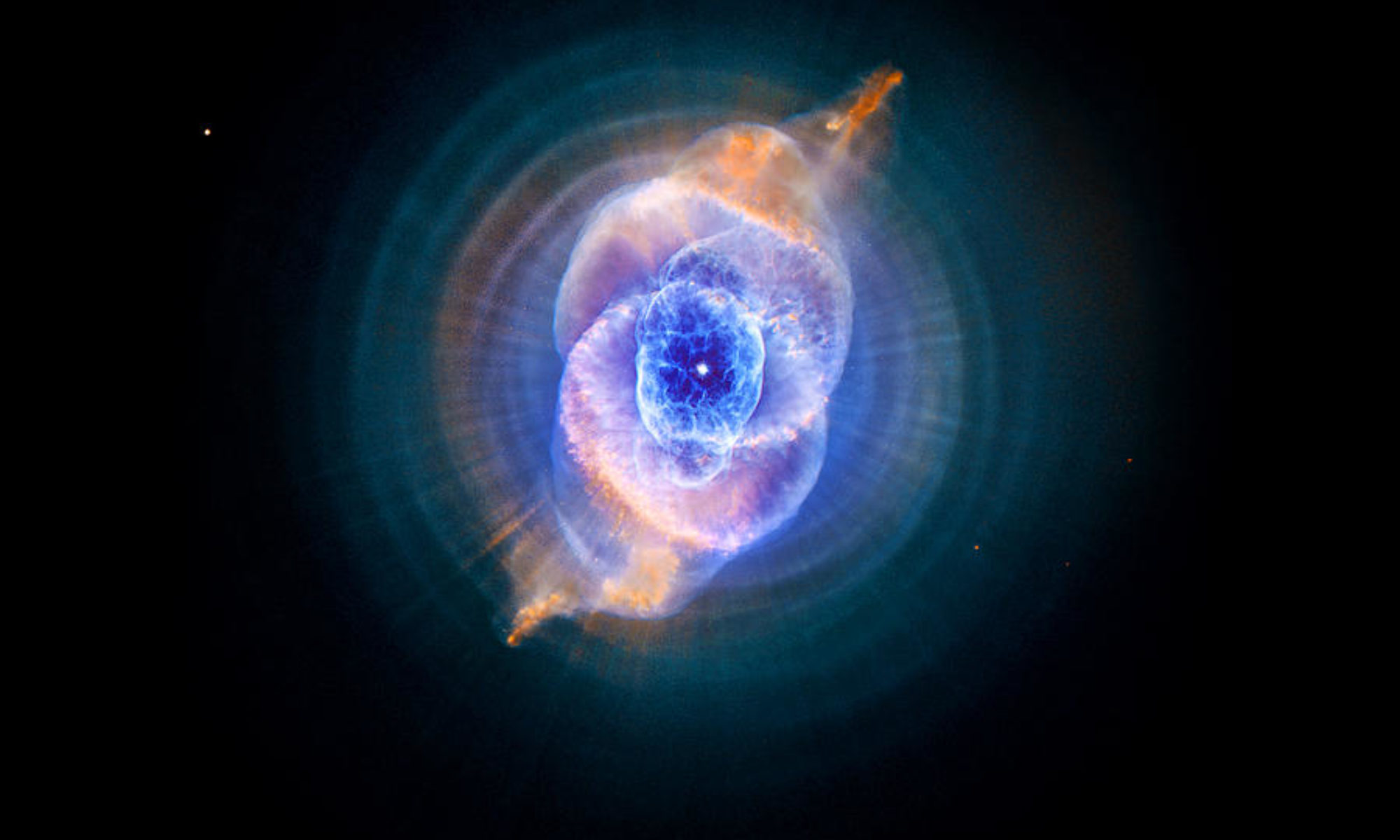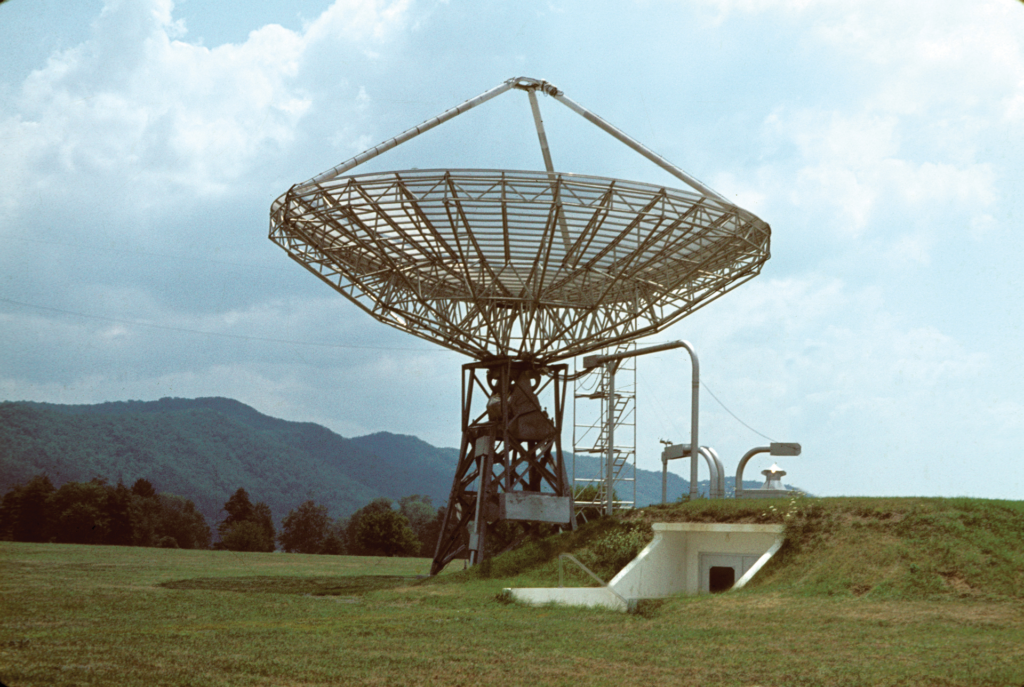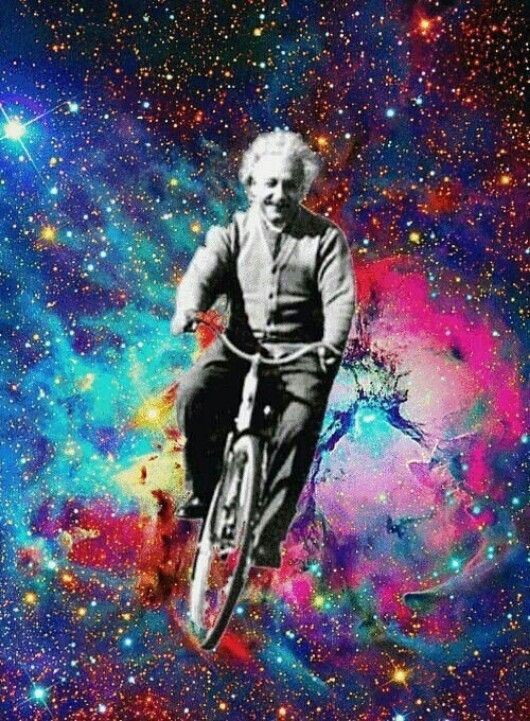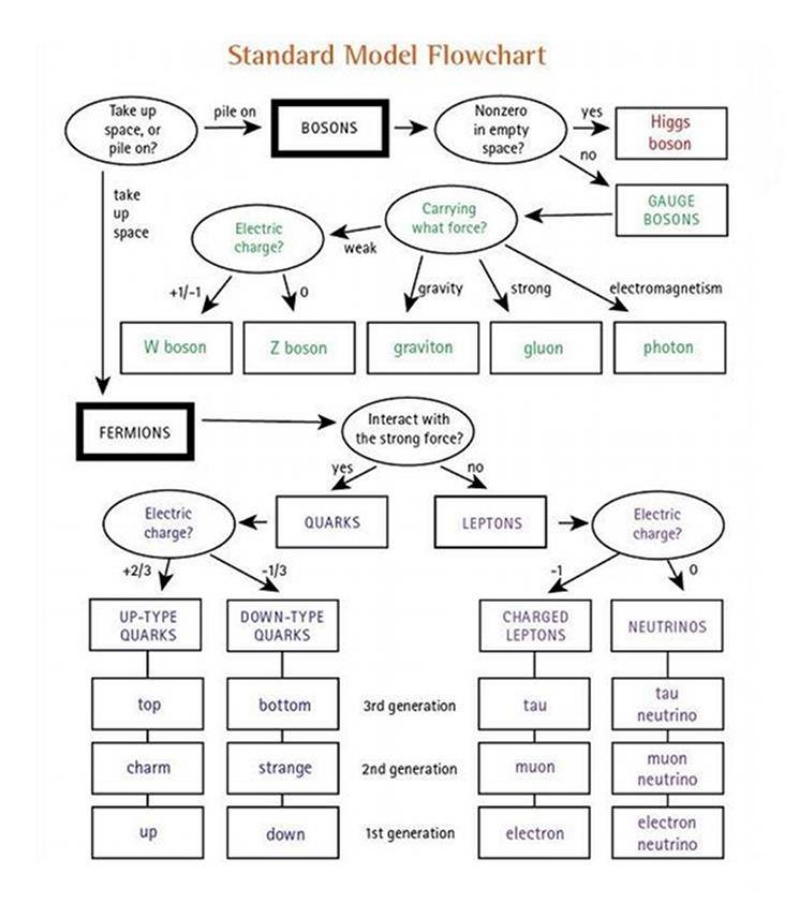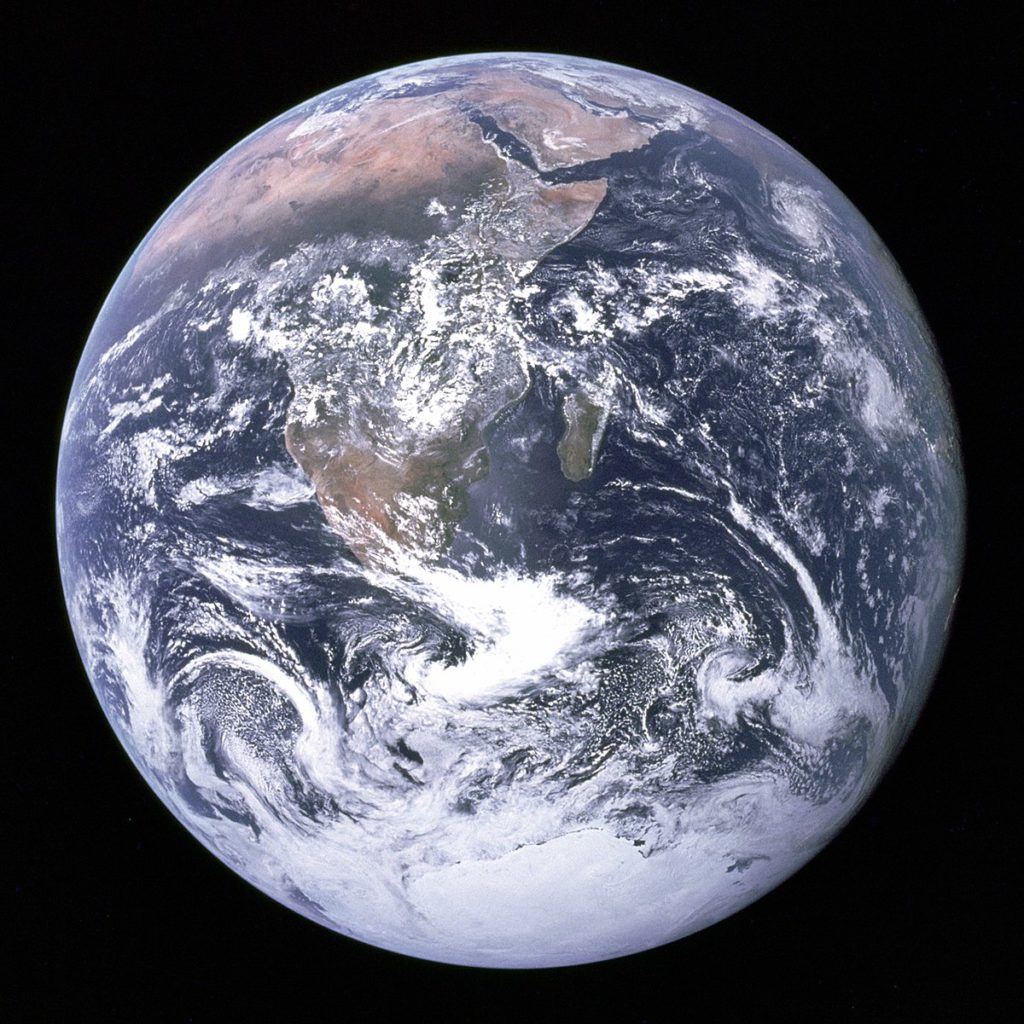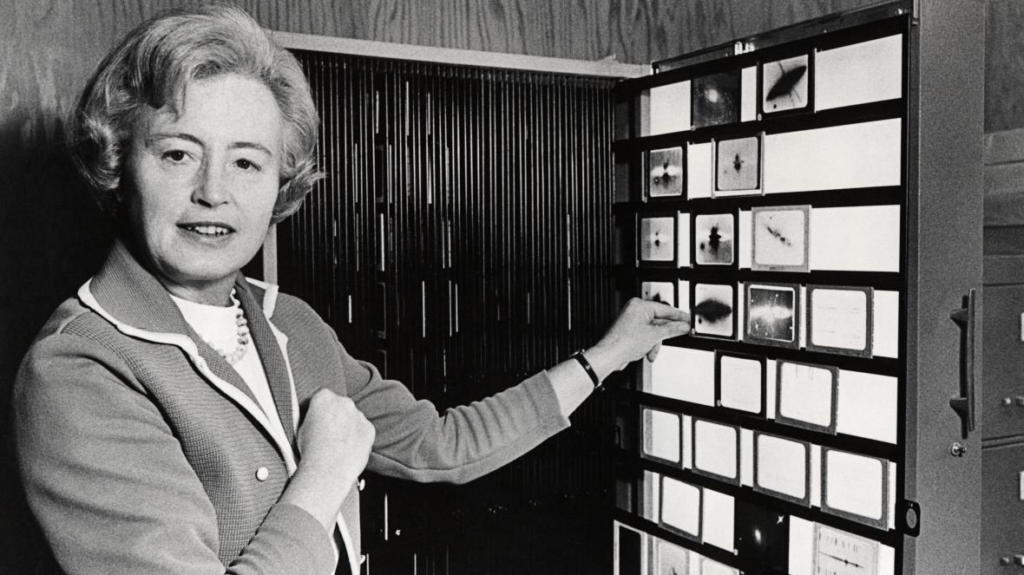
“We are made of starstuff.” These are words we’ve probably all heard at one point or another, made famous by astronomer Carl Sagan in his TV series and book Cosmos: A Personal Voyage. What Sagan is referring to here is our scientific understanding that the elements that make up humans, plants, animals, and all the living things on Earth were created in the cores of distant stars. But how do the stars actually create these elements, and who figured out this incredible picture of how the stuff that makes up all of us came to be?
Continue reading “Margaret Burbidge: Made of Starstuff”